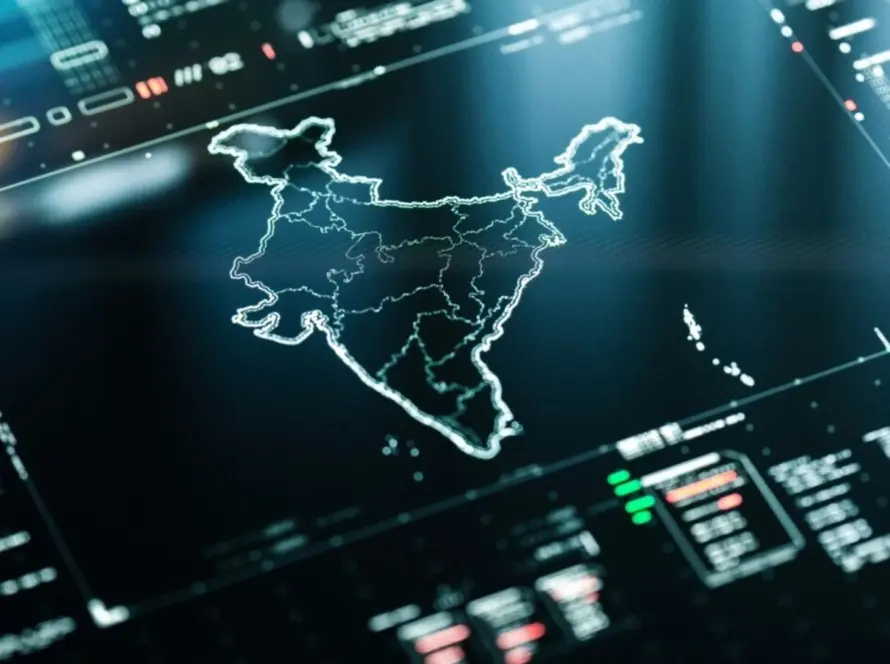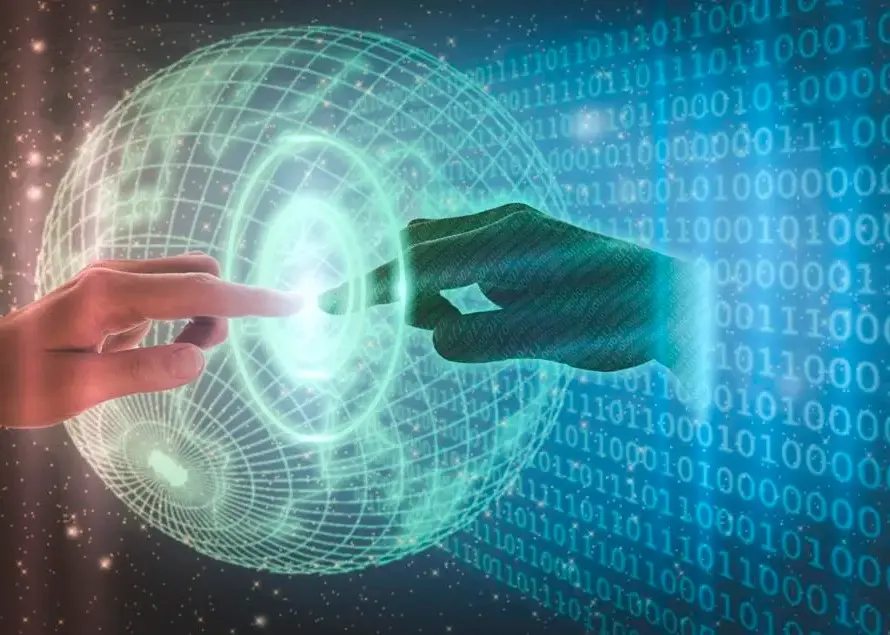India is the leader in the digital economy of the world. Nowhere else in the world can we find on a regular basis, even a roadside hawker , accepting and transacting with digital cash.
The Indian Digital Payments Infrastructure made multiple unsuccessful attempts to create an infrastructure similar to UPI, and the likelihood of UPI succeeding was incredibly slim.
In the earlier blog of the series we understood all the external factors that helped UPI penetrate into the Indian Digital Payments Landscape.
In this blog we’ll dive deep into all the internal factors that helped UPI overcome the challenges of the landscape.
We all might have come across the below mentioned history of UPI:
- Reserve Bank of India (RBI), — the Central Banker, has been constantly working towards the adoption of digital banking in India.
- In this direction, RBI created National Payment Corporation of India (NPCI) to fast pace the digital payments infrastructure.
- In August 2016 post the events of demonetization, NPCI launched Unified Payment Interface (UPI), a next generation payment system which enabled real time and hassle free payments .
However, there is much more to it.
UPI was a combination of various developments that happened over 8 years starting 2009 by NPCI.
The first step taken by NPCI in this direction was the standardization, simplification and implementation of National Finance Switch (NFS) for all the banks of the country.
NFS or National Financial Switch — Enables interoperability between banks by introducing standardization amongst them. NFS is the backbone of the ATM network in India.
The largest obstacle that NPCI had to overcome was the standardization of operations within banks.
Various prior initiatives, as detailed below, to standardize the financial infrastructure and enable smooth payment-flow, had failed.
- The first shared ATM network in India, called Swadhan, was established in 1997 by the Indian Banks’ Association (IBA). The network, which ISC operated for five years, was capable of handling 250,000 transactions per day but only processed 5000 of them. IBA failed to find a bidder to run the operationally uneconomical network after the contract with ISC expired, hence it was shut down on December 31, 2003.
- In order to manage more money than IBA’s network, worth roughly 20,000,000 per day, ICICI Bank created a more durable network. However, due to operational shortcomings, the network was shortly shut down.
- In 2003, Bank of India, Union Bank of India, Indian Bank, United Bank of India, and Syndicate Bank joined together to create the CashTree ATM-sharing network.
- A comparable network called Cashnet was created by Citibank, the Industrial Development Bank of India, Standard Chartered Bank, and Axis Bank.
- Such networks were also developed by Canara Bank and Punjab National Bank.
However, unlike above, NFS penetrated the banking infrastructure.
The major factor that enabled the above was the involvement of the bank of the banks i.e Reserve Bank of India. RBI bore all the costs associated with the operations of NFS which reduced the loads on the banks and further laid down frameworks that these banks could not surpass.
Once the NFS was set up by NPCI, the second step for NPCI was to enable Immediate Payment Services (IMPS) based on the interoperable layer of NFS.
IMPS transactions grew in value from Rs. 4.3 billion in 2014 to Rs. 1622 billion in 2016.
IMPS services took a major share of the Net Banking services, however could not penetrate into the small ticket transactions mainly due to the following reasons:
- The need to know the bank details of the recipient.
- No common platform offering interoperability, multiple platforms offering services within their networks (PayTM, PhonePe and others)
To counter the above problem, the third step was leveraging the connectivity of Mobile Money Identifier (MMID).
Introduced in 2010, MMID helps extract all the necessary information required to make payment with just the use of the payee’s mobile number. This solved the problems with IMPS and gave birth to the next revolution in the Indian payments landscape — Unified Payments Interface (UPI).
So far we understood both the internal and external factors that helped UPI penetrate into the Indian Digital Payment Landscape.
Going forward…
The payments infrastructure has been constantly updating and upgrading to adapt to the changing environments.
NEFT, RTGS replaced the major component of the hard cash transactions, which was further replaced by IMPS and which has been replaced by UPI.
What next…?
Interesting times ahead…
Author
Kanuj Jadwani
With Insights from Brijesh Damodaran



